No matter how carefully you've baby- and toddler-proofed your home, your child might still find a way to get her hands on a poisonous product — and then put it in her mouth. After all, accidents do happen.
Roughly 66,000 kids under 5 go to the ER each year because they've swallowed or touched something poisonous, according to the Consumer Product Safety Commission.[1] Most of these childhood poisonings involve common household items like makeup, plants and hand sanitizer — items you wouldn't necessarily think to stash in hard-to-find places.
No one wants their toddler to end up in the ER. But little kids are curious, and no parent can be 100 percent vigilant. That's why it's important to know the most common household hazards, the signs of poisoning in children and the steps to take to prevent your tot from ingesting something harmful in the first place.
Most common causes of poisoning in kids
Many of these items will cause an upset stomach, diarrhea or vomiting, but some of them can be downright dangerous or even fatal.[2] Here are the items that poison the greatest number of children under 6, plus specific examples you should pay close attention to:
1. Makeup and personal care products
Take special care with the items you might leave out on the bathroom counter or bedroom dresser, including:
- Hand sanitizer, mouthwash, perfumes and cologne that contain alcohol[3]
- Hair dyes, hair sprays, nail polish and nail polish remover
- Makeup that contains ingredients like mercury, cadmium, lead and arsenic[4]
2. Cleaning products
Some of the most common culprits in the cleaning category include:
More on Children's Health and Safety
- Laundry packets or pods
- Products with bleach
3. Medications, both prescription and over-the-counter
Since pills can resemble candy, medicine can hold a lot of appeal to toddlers. Common medications reported to Poison Control include:
- Pain relievers like ibuprofen
- Blood pressure medications
- Antidepressants
- ADHD meds
4. Vitamins, supplements and herbal products
Yes, even vitamins can hurt your little one in excess amounts. Watch out for:
- Vitamins A, C and D, which can be toxic in large doses
- Iron-fortified vitamins (including prenatal supplements)
- Melatonin (in large amounts)[5]
5. Foreign objects
Besides posing a choking hazard, these items can also create other health problems if ingested:
- Toys and toy parts
- Silica gels
- Coins
- Button batteries
6. Topical creams
Lotions and prescription creams like the following also need to get stashed away:
- Diaper rash products (in very large amounts)
- Steroid creams (in large amounts)
- Antibiotic creams (in large amounts)
7. Tobacco products
It goes without saying but tobacco products — including vapes — don't belong near your child.
- E-cigarettes
- Liquid nicotine refills[6]
8. Antihistamines
Coming in eighth place is allergy medications such as:
- Benadryl
- Nytol
9. Pesticides
These hide not only the garage but also in your kitchen and bathroom. Some common ones include:
- Weed killers
- Bug sprays
- Flea and tick preventatives for pets
- Lice medications
10. Plants
Take care when choosing your floral decor, especially during the holidays. Some poisonous plants include:
- Mistletoe
- Holly
- Lilies
- Poinsettias
Signs of poisoning in babies and kids
Besides finding an open container or bottle, look for these signs if you suspect your child has swallowed something dangerous:
- Burns or redness around the mouth and lips (a sign your child drank something caustic)
- Breath that smells like chemicals
- Burns, stains and smells on your child, her clothes or elsewhere in the house
- Vomiting, difficulty breathing, sleepiness, confusion or other strange behavior
- Heavy drooling[7]
- Seizures
- Unconsciousness
What to do if you think your child swallowed poison
Your next steps depend on your child's status:
If your child is awake and stable
- Don't give ipecac syrup or try to make her throw up. Doctors say this can do more harm to your little one. Instead, call Poison Control at 800-222-1222 (in the United States) or visit the Poison Control website.
- Tell the person who answers as much information as you know: what you think your child swallowed, when and how much. (It helps if you have the bottle that contains the poisonous substance.) Then follow instructions on what to do.
- If the poison control expert tells you to go to the ER and you have the substance container, then take that with you to show the ER doctor exactly what your child ingested.
If your child is listless, having seizures or having difficulty breathing
- Call 911 or get emergency medical care right away.
How to prevent poisoning
It's virtually impossible to guard against every danger, but the more steps you take to poison-proof your home, the safer you can keep your family.
- Save the poison-control number (800-222-1222) in your phone, and post it in the kitchen, bedroom and bathroom. Also post your child's age and weight, as well as any health conditions, in the kitchen in case a babysitter needs to report that information to the poison control center when you're gone.
- Don't throw medications away in open trash containers. Your toddler or mobile baby might get to them. Follow the disposal instructions on the medication's label, but make sure it's disposed of in a closed container that your child can't get into.
- Never call medicine or supplements "candy," since this could entice your toddler to try to eat more of it. Even your tot's vitamins can be harmful if taken in large doses.
- Keep prescriptions private. Avoid taking medications in front of your little one, since little kids often try to imitate what you do.
- Store potential dangers in childproofed cabinets. These include all medications, cleaning and laundry supplies, alcoholic beverages and cosmetics. A one-a-day pill dispenser or bottle of cough syrup can look like candy or a toy to a young child.
- Administer medicine carefully. To avoid an accidental medication overdose, always get dosing instructions from your practitioner in milliliters (mL). Use a dosing syringe — not a dosing cup or spoon, and never a kitchen spoon. Turn on the lights if it's nighttime, and read the dosage information carefully first. Ask your pediatrician if you're at all unclear on how to give your child the medicine.
- Ask for child-resistant safety caps. That goes for for prescription medications for everyone in your family. Search out child-proof packaging for over-the-counter medicines and other hazardous products — like cleaning supplies — too. Keep all medications in their original child-resistant containers, and always replace the safety caps after you've taken the medicine.
- Buy only nontoxic art supplies, including face paint.
- Remind visitors (who may not consider the risks of childhood poisoning) to keep medications in places your little one won't find them (not in an open purse or on the coffee table).
- Childproof your garage and utility room. Store all dangerous substances like gasoline, antifreeze, fertilizer, pesticides, paint and windshield-washing fluid in locked cabinets. And as with medicine, keep these dangerous substances in their original containers.
- Get to know your houseplants. Know what kinds of plants you have and whether or not they could be poisonous. If you do have a dangerous plant, keep it far from your child's reach or consider getting rid of it.
- Beware of lead poisoning. If your house was built before 1978, get the paint on the interior and exterior tested for lead. Also, stay up to date on toy recalls due to lead paint. You can get email notifications from the Consumer Product Safety Commission.
- Put remote controls, key fobs and cards that play music out of reach. They have small button-sized batteries that pose a choking and poisoning risk.
- Supervise your child as much as you can — especially when you're away from home — to avoid accidental childhood poisoning.
Taking these steps may not prevent every single accident, but you'll have done your best to prevent accidental poisoning. Another important strategy: Teach your child limits and how to keep away from danger.



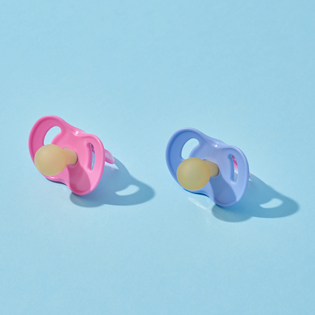








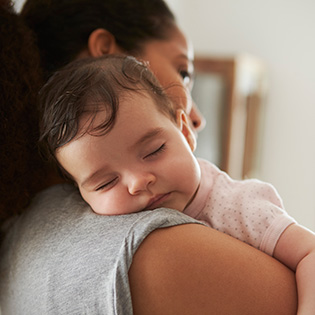


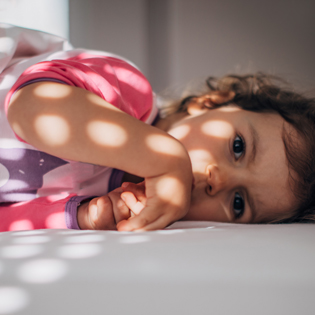

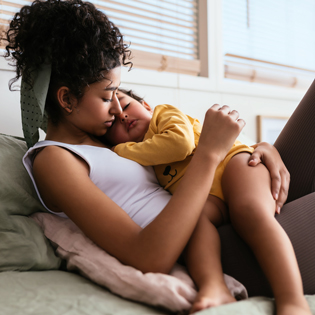















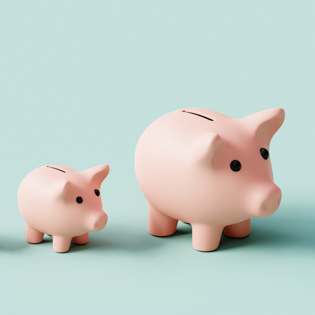









 Trending On What to Expect
Trending On What to Expect





